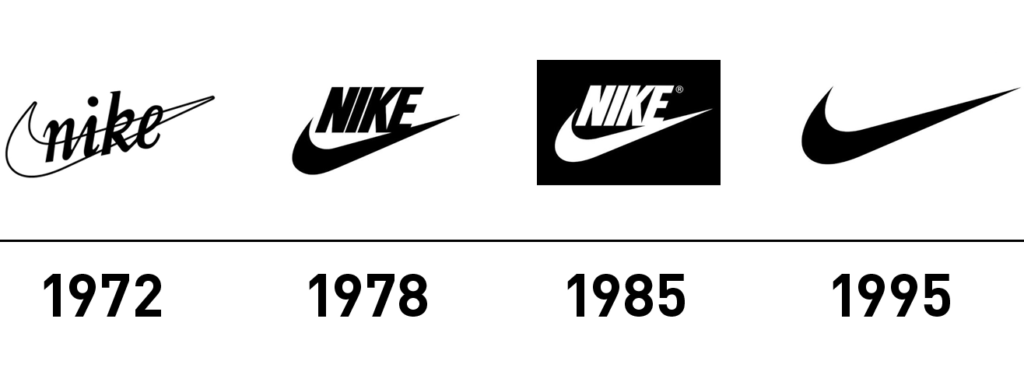Most branding books, blogs and industry experts emphatically claim that “differentiation” must be the hub of all marketing strategy. But in reality, there are very few products and brands in the market that truly deliver discernible differentiation. Brands are, at best, “fractionally friendlier,” “slightly simpler,” or even a “trifle trendier” from one another.
According to author, Byron Sharp of How Brands Grow, “real world competition is largely about competitive matching rather than avoiding competitors by delivering differences.” In fact, his study shows that “most of the successful brands in the world have very low perceived differentiation, yet they have loyal customers, they earn profits, and many of them have done so for many decades. And will continue to do so, and with low perceived differentiation.”
So, if consumers perceive little meaningful differentiation between brands, what triggers their buying behaviors? If the “differentiation” between products isn’t important…then what is? And in this new marketing world where “differentiation” doesn’t matter, how in the world can we create brand loyalty? The answer lies in a small word change with a big impact. Instead of swirling in branding “differentiation,” shift to investing in branding “distinction.”
DISTINCTIVE BRANDING
1. UNIQUE
2. FAMOUS
3. QUALIFIED
4. CONSISTENT
DISTINCTIVE BRANDING
The current focus on establishing “differentiation” from the competition has produced a constant delivery of random, reactionary and confusing messages from brands. But, it’s important to remember that the primary purpose of branding is to quickly identify the message source of a product or service. That is where the term “brand identity” got its name.
So, if consumers perceive little meaningful differentiation between brands, what triggers their buying behaviors?
There are many aspects of a brand, both tangible and intangible. From consumer sentiment and reputation to a brand name and logo, they all ultimately form the relationship between consumer and brand. But a distinctive brand identity system is foundational to any brand’s success. A brand must not only stand out from its competition, but also, be recognizable as the singular source of its message. There are marketing mechanisms, also known as brand assets, that can deliver these identifiers: brand name, logo, tagline, colors, tone of voice, jingles, packaging, product shapes, imagery style and even celebrity endorsement.
Truly “distinctive” brand assets are difficult to develop but are undoubtedly the most powerful. Sharp defines them via this criteria:
1. UNIQUE
This isn’t an easy task. There are tens of thousands of brands. We are bombarded daily with messages and images from all of them. Breaking through the white noise can be challenging in itself, but guaranteeing that the brand asset is solely attributable to a single brand can almost feel impossible at times. Designing, developing and curating distinctive assets that intrigue, elevate, and connect can be done though. It just takes time, effort and a great deal of discipline.
Technology like drag-and-drop templates, stock photography and video, pre-designed logos and iconography systems have made it easy to cobble together a set of assets, but how many other brands use these exact same elements? When the time comes, will these assets allow a consumer the ability to quickly identify the brand?
2. FAMOUS
The word “fame” by definition is the “state of being known or talked about by people.” So simply, do consumers know about the asset? And are they the correct consumer (reach)? Most importantly is the asset prevalent and readily available (frequency)? Prevalence is important in building, refreshing and reinforcing the link between the asset itself and the brand that it is associated with. The stronger the association in a consumer’s mind, the easier it is for the individual to identify the brand when the time is right to make a buying decision.
3. QUALIFIED
The only way to qualify an asset and answer the question of uniqueness, reach and frequency is through consumer research. Surprisingly, brands, their marketers and advertising agencies often skip this step and will massively overestimate the value and strength of their distinctive assets. Consequently, they lose a huge opportunity to iterate and fine tune them.
4. CONSISTENT
Consistency is critical. This can’t be emphasized enough. Distinctive brand assets must be learned over time by consumers. The automatic association between a logo, tagline, and even the unique voice of a brand can take years to develop in a consumer’s mind. It took Nike over twenty years of brand exposure before the link between their iconic swoosh became synonymous with their brand name.

Distinctiveness also reduces the need to think. In turn, it makes any experience easier to navigate for consumers. Brand loyalty is often more about habit, mental and physical availability than “love” for brand. Continue to make every experience unique, consistent, recognizable and as easy as possible for a consumer, and they will return again and again.
Developing a brand with distinction is foundational for success. What are you waiting for? Just do it.
Want to learn more about applying PR strategies? Sign-up to Agency in Motion’s Newsletter.
[mc4wp_form id=”14929″]
Recommended reading